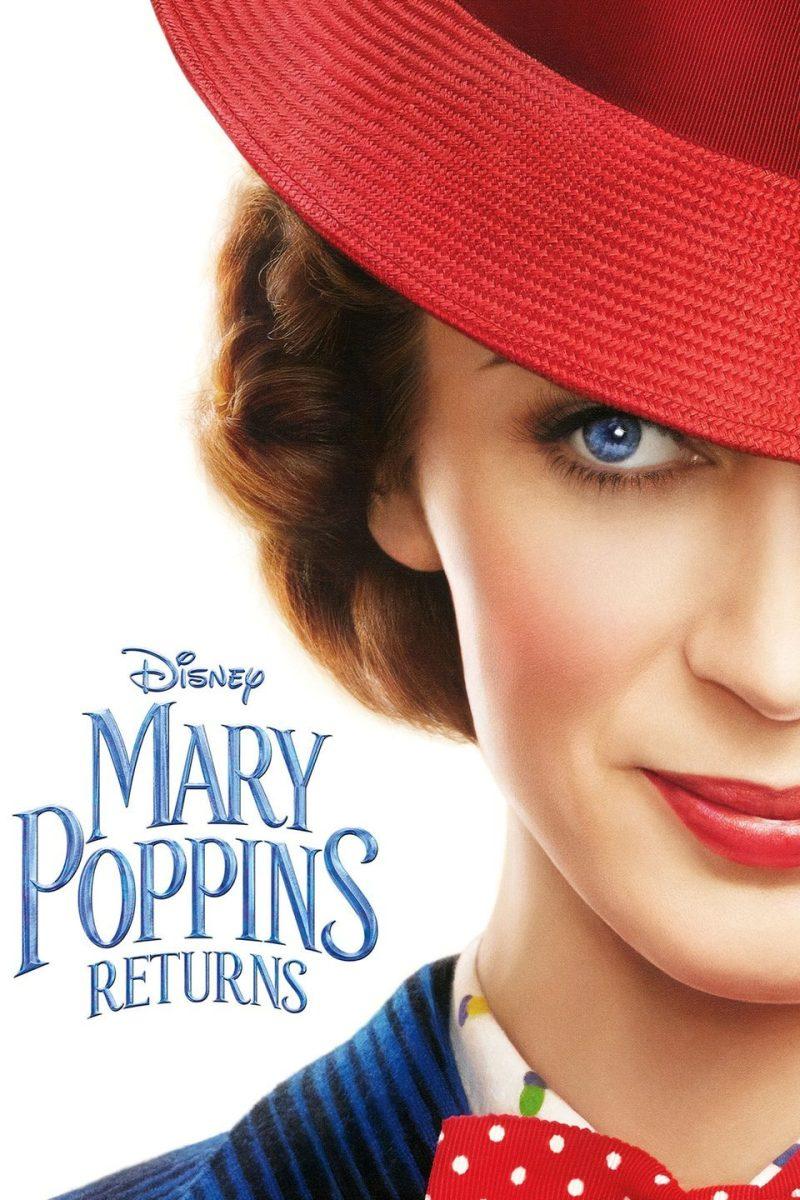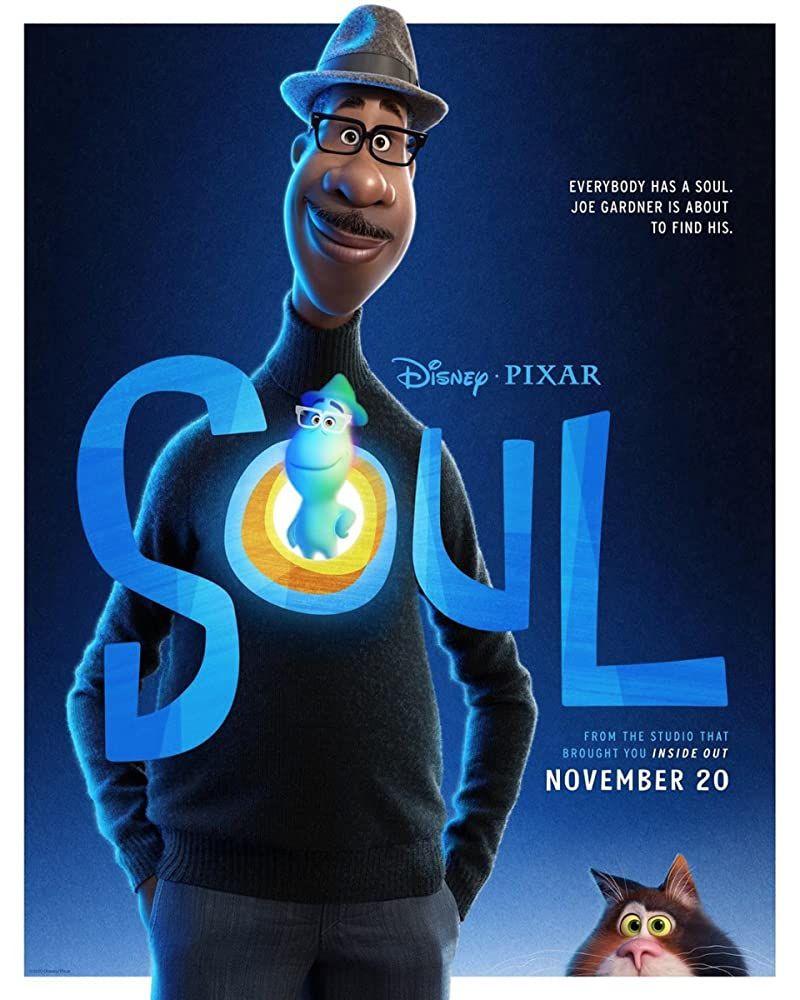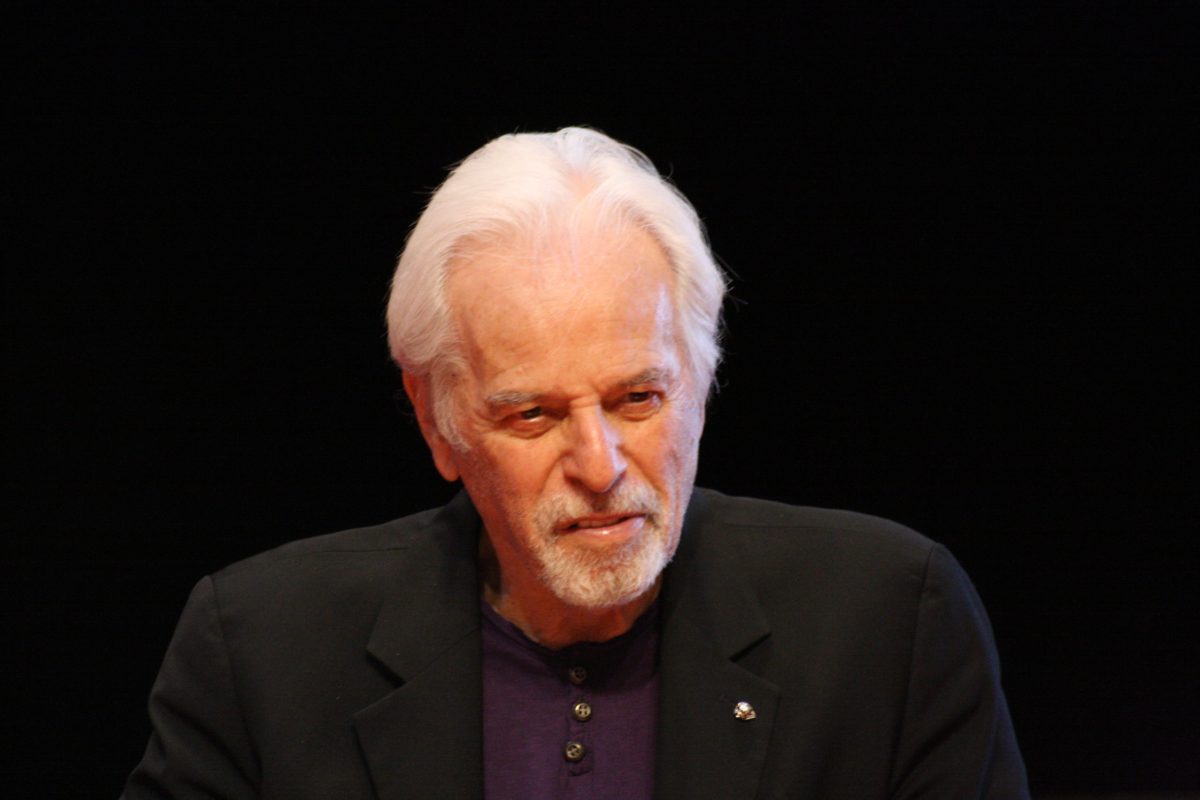Some sequels live up to their predecessors—can you imagine that? Some sequels even have soundtracks as memorable as the original. Can you imagine that?
“Mary Poppins Returns”, the long-awaited sequel to Walt Disney’s 1964 crowning achievement “Mary Poppins” proves that you no longer have to leave it up to the imagination. Moderately successful at the box office, director Rob Marshall’s “Mary Poppins Returns” continues the story of the Banks children in a fashion that does service to the original, and adds unique aspects for audiences to enjoy, allowing the film to stand on its own.
Back in 1961, Walt Disney acquired the rights from P. L. Travers to make the original “Mary Poppins” (albeit with great difficulty). With a high production value and an extended preproduction phase, the film released in 1964 to critical and commercial success. A splendid sequence that blended live action with 2D animation, the film was a spectacle that pushed the boundaries of special effects. Today, the film has become a staple family classic and its songs continue to ring through the streets of Disney parks and the minds of those who grew up watching it.
When the sequel was announced, I was skeptical and reduced it to a cash grab. With the recent trend of sequels and classic Disney film remakes, “Mary Poppins Returns” seemed like it would be just another title on the list of average Disney sequels. However, after watching the film, I can say it was satisfying from beginning to end. The first thing to address is of course how Emily Blunt’s Mary Poppins stacks up to the legendary Julie Andrews’.
Many may find the new Mary Poppins to be stern and uptight, a character much more akin to her counterpart in the original book. This change is a welcome one, as her charming and charismatic side still comes out when she is with the Banks children.
Also worth noting is Lin Manuel Miranda’s loveable Jack, a worthy replacement for Dick Van Dyke’s Bert. As Jack, Miranda begins the film “underneath the lovely sky” and introduces us to the Banks household. Now grown up, Michael Banks is a widower, banker and a father of three, while his sister is an advocate for labor rights. We see Banks has trouble raising the children on his own, as he is dealing with the death of his wife and is about to lose his house due to debt. Enter Mary Poppins, the nanny who has returned once again to take care of allthe Banks children, young and old.
With the older Banks children searching for bank shares that could buy their house back, the younger Banks children spend their days adventuring with their new nanny. This is where the movie shines; it is in these scenes that most of the magic literally happens, leading to the two most impressive sequences for the songs “A Cover Is Not the Book” and “Trip a Little Light Fantastic”.
Marshall shows off his stylish musical direction flair in these scenes by bringing back the original “Poppins” 2D animation and well-choreographed ensemble performances. Overall, this sequel delivers on all aspects and it’s clear there was time, dedication, and a little movie magic sprinkled in to make “Mary Poppins Returns” a worthy successor to the classic.

































